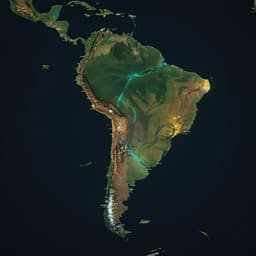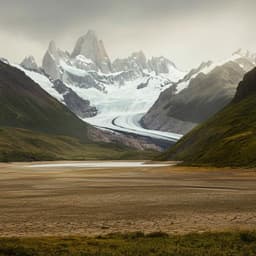
Earth Sciences
Niche-dependent forest and savanna fragmentation in Tropical South America during the Last Glacial Maximum
D. I. Kelley, H. Sato, et al.
This groundbreaking research by Douglas I. Kelley and colleagues uncovers the fragmented landscapes of the Amazon during the Last Glacial Maximum, challenging established theories on biodiversity and refugia. Discover how drier ecosystems might have shaped a unique corridor for species diversification while connecting isolated forest fragments.
~3 min • Beginner • English
Related Publications
Explore these studies to deepen your understanding of the subject.







